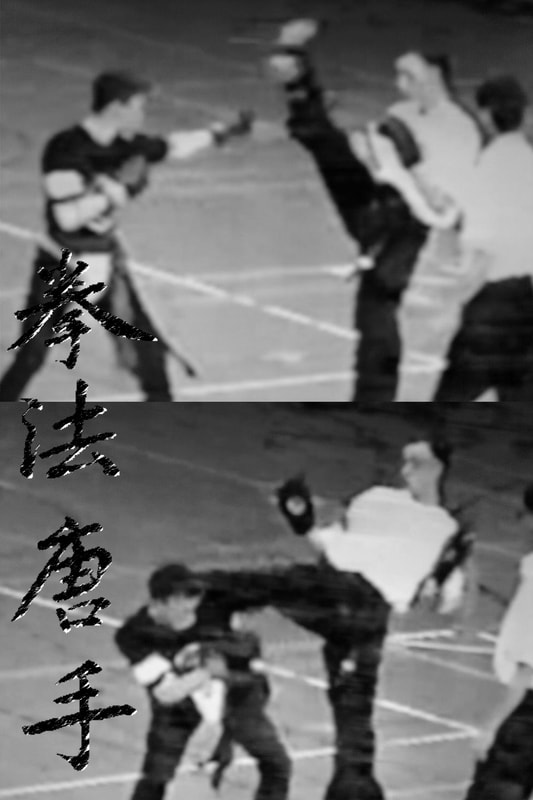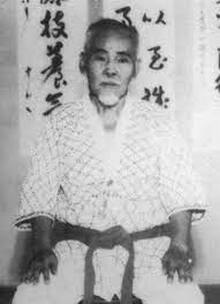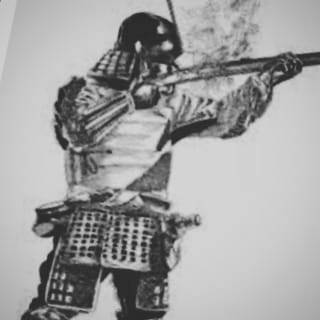|
WKKO History. By Renshi RP.
Safe? In our current society, we always want to make everything safer. We are no longer allowed to make head balls in football. Everywhere on the street there are signs to indicate what is and is not allowed. Consumable packaging is full of warnings, and sports are framed even more. Martial sports / martial arts are also kept under a magnifying glass Shouldn't we omit this or add that? Shouldn't we ban wooden dojo floors because you can fall hard? All that kind of patronizing thaings. We forget to think for ourselves. Everything has to be arranged and demarcated. While life on the street has not changed. So if you look at it in terms of self-defense, we're creating a paper generation. The generation that thinks it is something, but in the end it isn't. wanneer iemand denkt dat hij iets is, maar het niet is, dan bedriegt hij zijn eigen geest. when a man thinks he is something, but is not, he is deceiving his own mind. Paatje Phefferkorn |
|
WKKO History. By Renshi RP.
Martial arts in today's society! Martial arts and martial arts are two different concepts to me. Apart from the fact that my boys and girls regularly participate in Full Contact Karate and Kickboxing tournaments, the sports side of the martial arts is completely secondary to the whole for me. It has to be Full Contact, otherwise it's just a moving form of Yoga or Tai Chi. In my eyes for what I think martial arts is, useless. Schools that only offer competitions for their students are usually charlatans who are busy with a lot of science, but Budo is not one of them. Martial arts has grown with people, yes there is tradition, but there is also room for innovation and, above all, adjustments. On the one hand you often have martial arts schools that think their martial arts are ready for street use, and on the other you have Krav Maga guys who think that half a fitness class combined with 6 million knee techniques to the crotch is the real deal. is. Both actually fantasists who do not know the reality and will not find it. By now it should be clear that the real work lies with the person and not with a style. See how big and useless the stances are in Shotokan Karate, and see how useless Krav Maga is when you teach a housewife how to block a gun that is clumsily pressed to her forehead with one hand. Oh and of course the BJJ / MMA guys who think the main thing in self-defense is to lie on the floor. Maybe I was lucky when I walked into my old first real teacher as a child, and immediately ended up with someone who understood very well that tradition and reality are not the same. That there was martial arts, and martial arts. Fortunately, he was not a teacher who floated and dreamed of ancient secret techniques. He was everything. He was good at Karate, Kenpo, Jujutsu, Kungfu or whatever, but kept thinking realistically and looked much further. He also had experience on the street, even military, so he knew it had to be explained separately. Walking a Kata teaches us a lot, also things that you can use in practice, but it is not intended as such. |
|
WKKO History. By Renshi RP.
Okinawa is the largest island in the Ryukyu archipelago south of Japan and is situated between Japan and Thailand. Although early in its history, independent Kings ruled Okinawa which paid tribute to China, who conquered it in the 16th century. By the mid-14th century, Okinawa had established relations with other Asian countries. It is thought that Okinawan's visiting China brought back Kempo, and certainly the contact with China introduced elements of Wushu (martial arts) into the Okinawan systems. A permanent Okinawan community was organized for China during the Ming period (1386-1644), and later a Chinese community was established on Okinawa. This they called the “36 families.” Chinese martial arts masters taught Wushu and Kempo to the Okinawan's. The Japanese invaded in the 17th century and the Okinawan's were forced to pay tribute to both China and Japan. However, continual warfare in Japan forced many Japanese citizens to leave the country. Many arrived in Okinawa, bringing with them their martial arts skills. As a result, the Okinawan martial arts were influenced by both Chinese and Japanese fighting systems. Okinawa was completely taken over by the Japanese in the 19th century and is now a part of the Japanese empire. Both China and Japan banned the ownership of weapons by Okinawan's, which led to the development of empty-hand techniques. Okinawan's also developed ways to convert farming implements into deadly weapons which is known today as Kobudo. Different villages and regions developed their own styles. Three (3) main branches of martial arts developed in Okinawa, which are known collectively as Okinawa-Te (Okinawa hand). These three branches were Shuri-te (Shorin-ryu), Naha-te (Goju-ryu) and Tomari-te (Tomari-ryu). From these stemmed the art of Karate-jutsu (China hand art) in respect for the three cultures (“Kara” for China, “Te” for Okinawa and “Jutsu” for Japan). By the 18th century, modern Okinawan Karate had begun to emerge. In the late 1880s, the word “Karate,” meaning Tang or China hand, was in use. In the early 20th century, Funakoshi Gichin brought Okinawan Karate to Japan and then to the rest of the world. Judo and Kendo were introduced to Okinawa by Japan in the beginning of the 20th century. Shorin-ryu Karate is the world's largest system and is estimated to have influenced more than 80 percent of all contemporary Karate-do styles. Tomari-te has long since died out as an art. Some state that it was preserved in the Kempo Karate system of Shigeru Nakamura (one of Shihan Toma’s instructors). Most of the well known, traditional Karate-do arts that are practiced worldwide were founded around the beginning of the 20th century (early 1900s). Today there are two major Okinawan Karate styles. They are Shorin-ryu and Goju-ryu. Almost all Karate today is a sport (including the Karate of Okinawa). Few non-sport systems exist... Kenpokai is one of them. Osu |
|
WKKO History. By Renshi RP.
Okinawa Kenpokai. Taketo Nakamura said that Shigeru Nakamura the founder of Okinawa-Kenpo disliked the idea of Karate divided in seperate styles. He wanted his Okinawa-Kenpo to be allround and free of limitations. Shigeru Nakamura wanted, that all Karateka's could fight in one allround system. Osu |
|
WKKO History. By Renshi RP.
The Ashigaru. As you know, my personal Dojos are all called "Ashigaru". What is the Ashigaru? The Ashigaru were footsoldiers formed out of peasants and former soldiers, poor and fighting on foot. Badly equipped and armed. Often they only used a stick as a weapon, with some knives for close combat. They lived under the terror of the Japanese warrior class, the Samurai knights. Often they were forced to fight at the Samurai battlefields. At first they were no match for the Samurai who fought with armour and on horseback. Lord Nobunaga changed this. He gave the Ashigaru troops under his command better weapons and armour, they started using swords, spears, broadswords and the bow and arrow, followed by the rifle after 1540. They got better food and training. Under Nobunaga the Ashigaru under his command became elite soldiers who matched they're Samurai masters. So the name of the Ashigaru troops became more famous and famous, and became respected. Osu |
|
WKKO History. By Renshi RP.
Guns in the martial arts? When people think of the martial arts, they first think about combative sports from the latest centuries. But that's not the same. The European Knights, the Spartan Hoplites, the Roman Legionairs, the Gladiators and the Japanese Samurai we're using the martial arts as a way of armed and unarmed combat, real battlefield combat. The same for many arts in the Russian region. When the firearms reached Japan (1543) because of traders from Portugal, the Samurai started using them in they're battlefield armoury and tactics. They started using the rifle (arquebus), right next to they're Katana and Wakizashi swords, the tanto knife, the yari spear, bow and arrow and the Naginata. By this, the gun entered the martial arts. Later around WW1, rifles allready used bayonets, so the Japanese soldiers at that time started to train with the rifle and bayonet like they did before with the Yari spear and the Naginata broadsword. They made a safety bajonet and even held competitions. The same thing was happening in the Russia region, RMA Russian martial arts was born. Even today they hold rifle with bayonet competitions. Warfare changed and the rifle became the most dominant weapon ever, still at this day. In WKKO we train traditional and modern firearms training. We even have some rifle katas. Osu |






